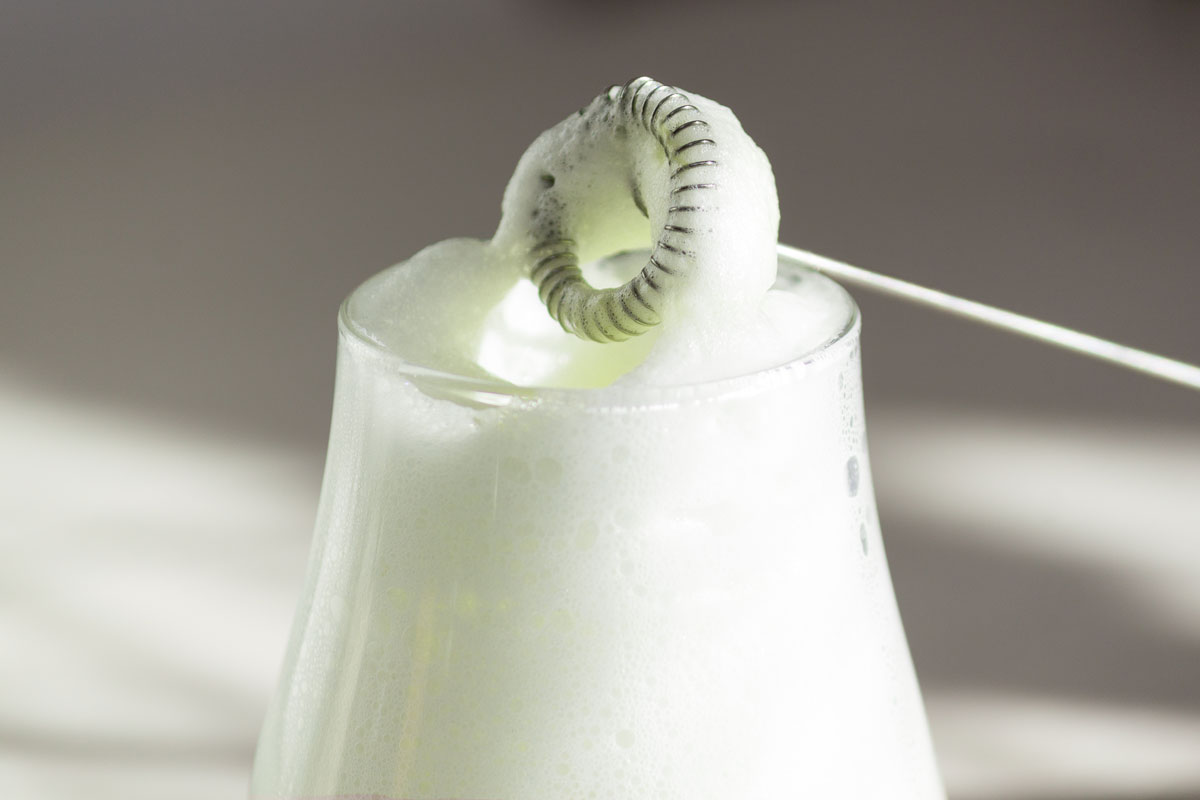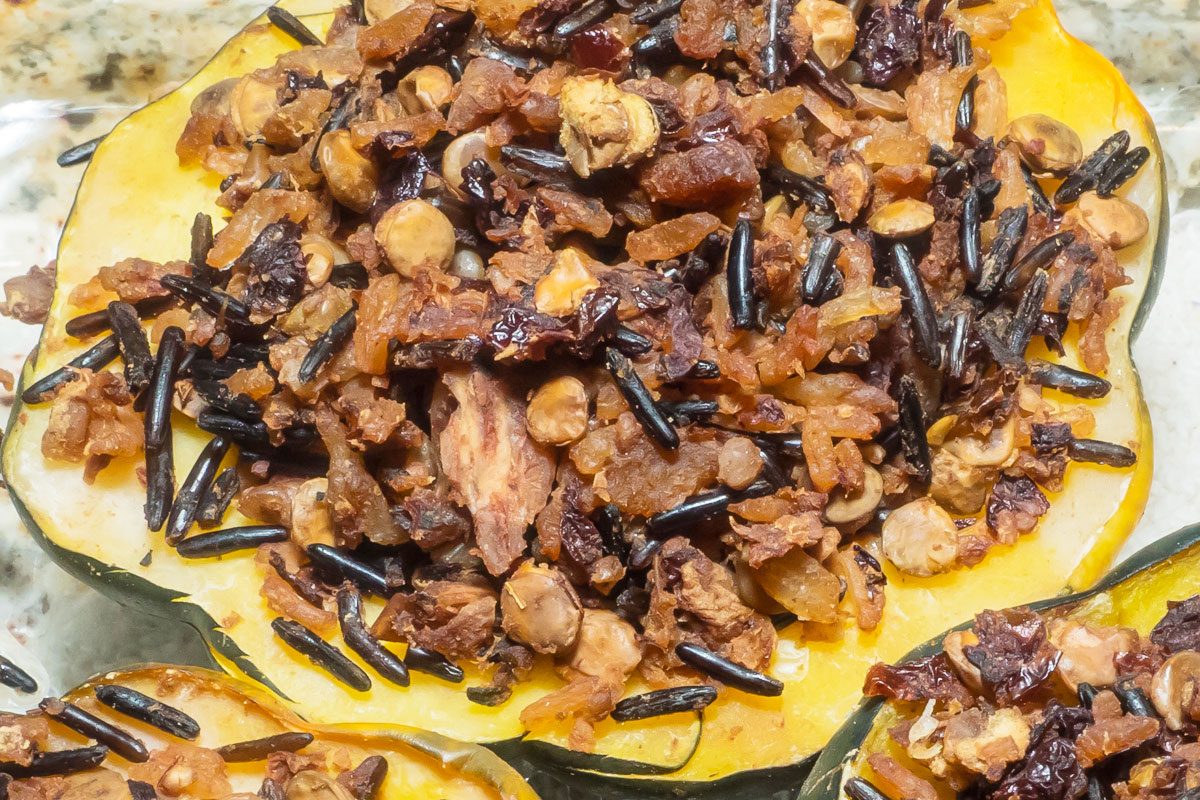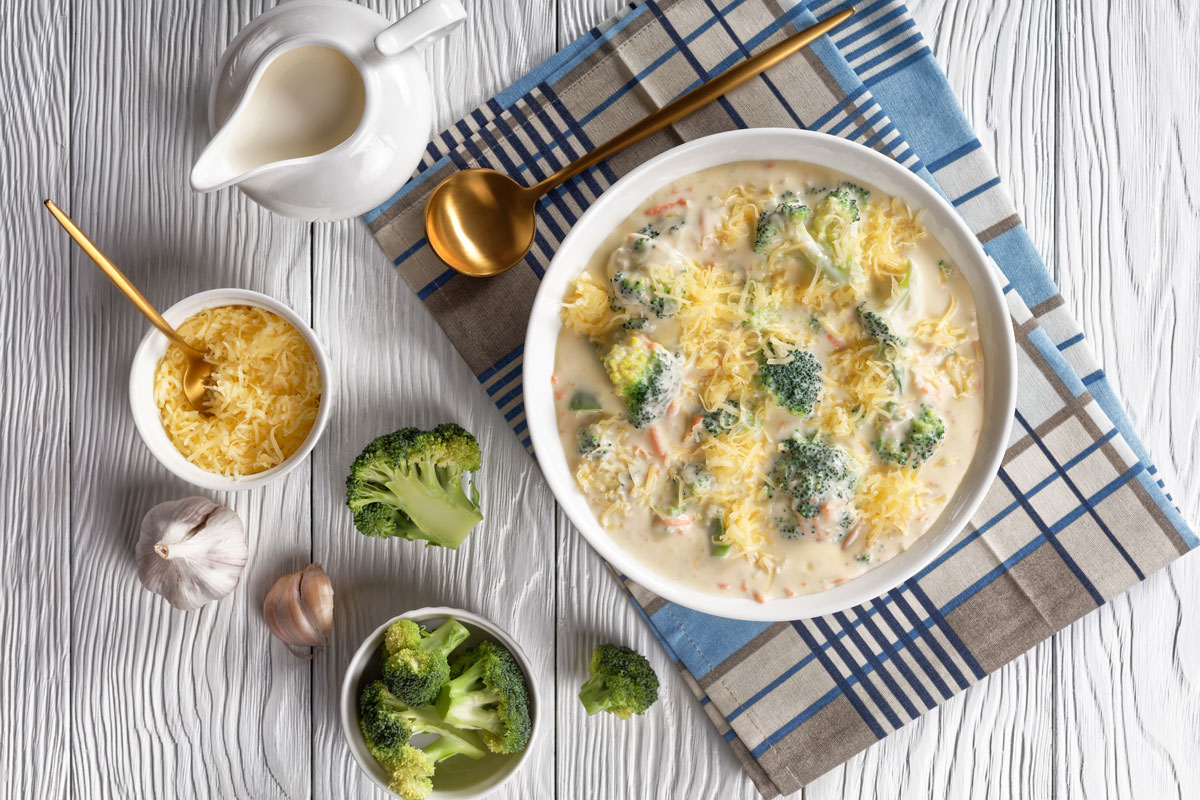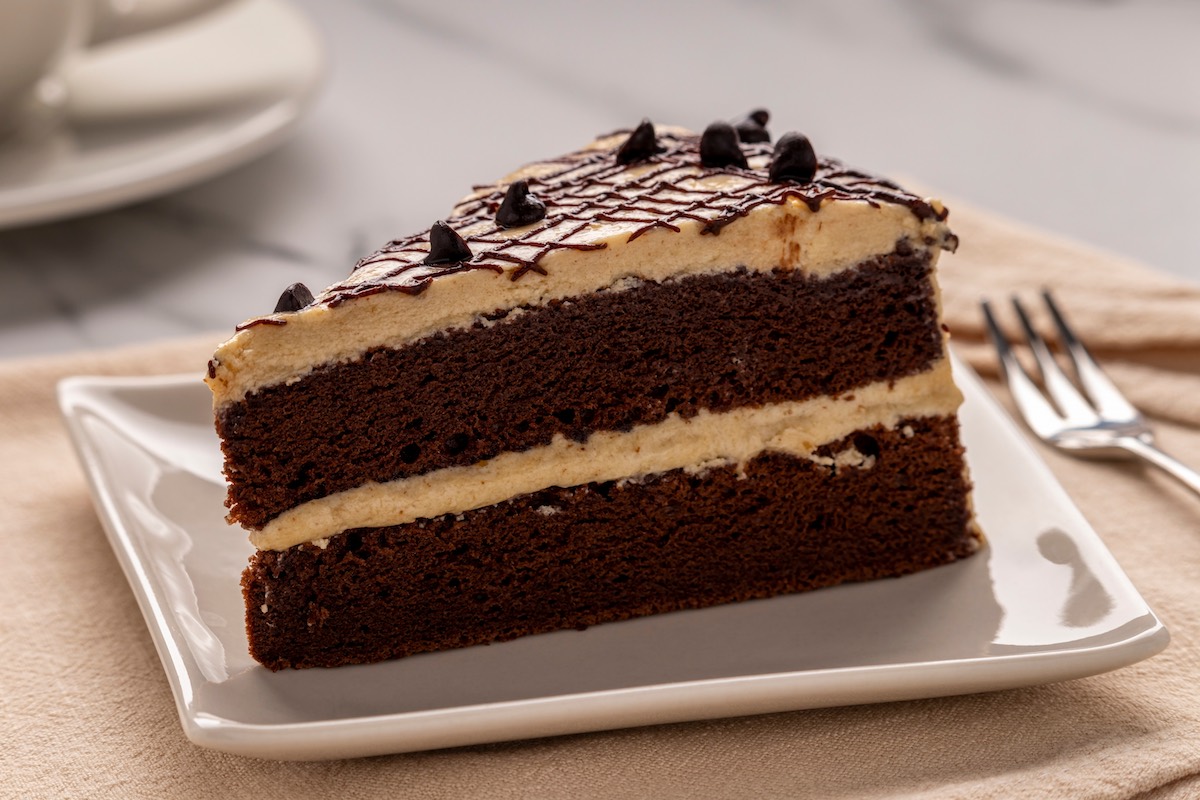Directions
Step 1
Separate the whites from the yolks when the eggs are cold and let them come to room temperature (the whites will whip much better). Place one of the racks in the middle of your oven and preheat to 325°F. Line two 9-inch cake pans with parchment paper, but don’t grease them; set aside.
Step 2
In a very large bowl, sift together the flour, cocoa, baking powder, baking soda, and salt. In another bowl, whisk the yolks and 1/2 cup sugar until fully blended and light in color, about 2 minutes, and then whisk in the olive oil, coffee, and vanilla. Whisk the egg mixture into the flour mixture until this batter is completely blended.
Step 3
In the bowl of a stand mixer or another large bowl, beat the egg whites and cream of tartar on low speed for about 30 seconds, and then gradually add the remaining 1/2 cup sugar as you slowly increase the speed to high. Continue beating until you get a glossy meringue with firm peaks, about 8 to 10 minutes.
Step 4
Fold about a cup of meringue into the batter to lighten it and then gently fold in the rest in three batches, just until there are barely any streaks of meringue visible. Divide the batter between the two pans and gently smooth the surfaces with an offset spatula. Bake the cakes on the same rack for 15 minutes and then reverse their positions. Continue baking until the tops spring back when lightly pressed with a fingertip and a tester comes out clean, about 10–15 minutes more, depending on your oven.
Step 5
Invert the pans onto two wire racks to cool for about an hour. Turn them right side up and run an offset spatula around the sides of the cakes to loosen them. Invert again, take off the pans, peel off the parchment, and let cool completely.
Step 6
To make the chocolate whipped cream, whisk the cocoa, confectioners’ sugar, and espresso powder together in a small bowl. Whip the heavy cream and vanilla at medium speed until thickened, add the cocoa mixture, turn up the speed to high, and whip until stiff. Use a large spatula to spread about 1/3 of the chocolate cream on one of the cake layers. Top with the other layer and spread the rest of the cream on the top and sides. Dust with additional cocoa. Store covered in the fridge.




